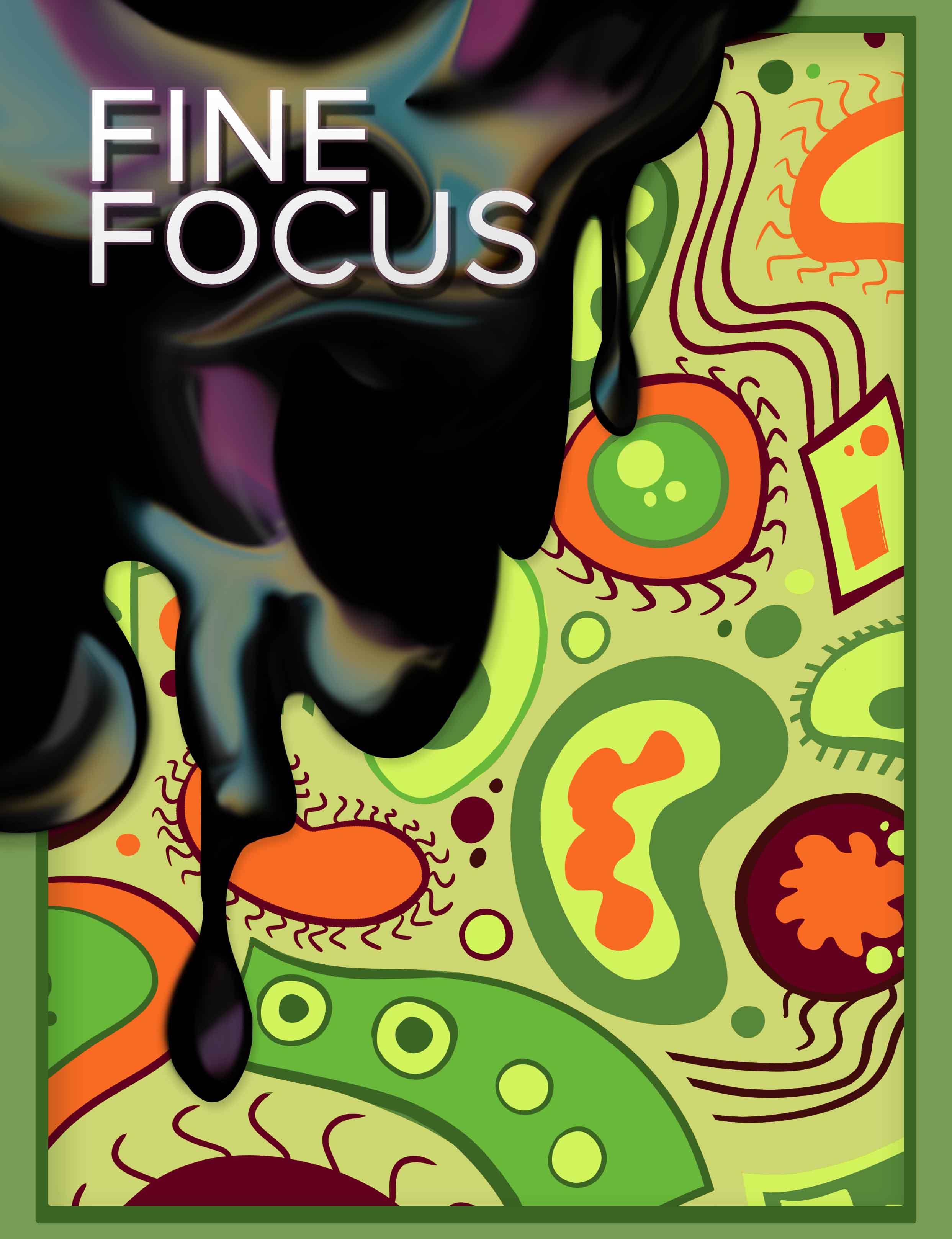Bacteria Isolated from Canada’s White Rabbit Cave Revealed Antimicrobial Activities
DOI:
https://doi.org/10.33043/FF.9.1.66-83Abstract
Caves offer a unique habitat for microorganisms, which allow the adaptation of exclusive metabolic pathways to the resources available. This environment could enable the production of primary and secondary metabolites with unique antimicrobial or enzymatic properties. White Rabbit Cave is located in the Monashee Mountain range in south-central British Columbia, a metamorphic range not known for cave and karst development. The present study has recovered bacterial isolates from the White Rabbit Cave and assessed them for their antimicrobial properties by employing the agar plug assay. One hundred and six bacterial isolates were cultivated from the collected samples, among which, five bacterial isolates displayed antimicrobial properties against a methicillin-resistant Staphylococcus aureus (MRSA) strain. Furthermore, these five isolates were identified with 16S rRNA gene sequencing and through phylogenetic analysis. It has been observed that three of them (B076, B053, and B079) were identified as Streptomyces spp. (Phylum Actinobacteria) while the other two were recognized as Paenibacillus spp. (B039) and Paenibacillus terrae (B016) (Phylum Firmicutes). To the best of our knowledge, this is the first study that identifies bacterial species with antimicrobial properties from White Rabbit Cave in the Monashee Mountain range in British Columbia, Canada.
Downloads
Downloads
Published
How to Cite
Issue
Section
License
Copyright (c) 2023 Monica Walsh, Soumya Ghosh, Alfredo Garcia Ponce, Chris James, Gabriella Kam, Tanna Lauriente, Vincent Yu, Kirk Safford, Naowarat Cheeptham

This work is licensed under a Creative Commons Attribution-NonCommercial-NoDerivatives 4.0 International License.
By submitting to Fine Focus, the author(s) agree to the terms of the Author Agreement. Beginning in Fall 2018, all authors retain copyrights associated with their article contributions and agree to make such contributions available under a Creative Commons Attribution-NonCommercial 4.0 International license upon publication in Fine Focus. Copyrights to articles published prior to Fall 2018 have been transferred from the authors to Fine Focus.



